Technical characteristics of dishwashers
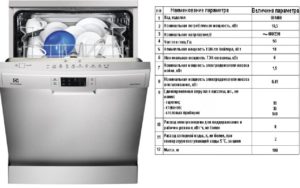 The technical characteristics of dishwashers are very standard and are set by the manufacturer. Based on this technical description, the buyer can determine which dishwasher model is best for him. However, not all people are able to correctly evaluate these characteristics, especially if they have not had to use a dishwasher. In this article we will talk about what characteristics dishwashers have and what to rely on to make the right choice.
The technical characteristics of dishwashers are very standard and are set by the manufacturer. Based on this technical description, the buyer can determine which dishwasher model is best for him. However, not all people are able to correctly evaluate these characteristics, especially if they have not had to use a dishwasher. In this article we will talk about what characteristics dishwashers have and what to rely on to make the right choice.
How to prioritize?
Quite often, people ask the question: what technical characteristics of a dishwasher should you pay attention to first, and which ones can you sacrifice? Answering this question is not always easy, since in fact it turns out that every person chooses a dishwasher, sometimes guided by the most unexpected reasons:
- so that the dishwasher has minimal dimensions and fits in a small kitchen;
- so that the dishwasher body has a color that matches the color of the kitchen furniture or other appliances;
- so that the dishwasher can be connected to hot water;
- so that the dishwasher does not make too much noise, since the living rooms in the apartment are combined with the kitchen;
The noise level of a particular dishwasher model is indicated in dB.
- that the dishwasher must have a delay start;
- that the dishwasher is childproof;
- so that the machine has protection against leaks and so on.
However, with all the subjectivity of the buyer’s approach to choosing a dishwasher, there are objective indicators that everyone should take into account, since they are of the utmost importance. Let's look at them.
Overview of the most important characteristics
Objectively, the most important functions of a dishwasher are those that reflect the essence of how the equipment works. The most important characteristics directly affect the work of the “home assistant”, determining its main features and characteristics. Well, enough of the theory, let's move on to the description of these characteristics.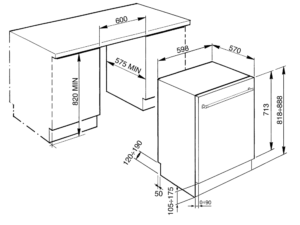
- Dimensions. Quite an important parameter that the buyer almost always pays attention to. Firstly, there is often not enough space in the room where the dishwasher is planned to be installed, and secondly, the dishwasher is often built-in, and when building this type of equipment, every centimeter is taken into account.
- Load volume. How much laundry can you load in a washing machine? The manufacturer defines it by the number of kilograms, everyone is used to this and no questions arise here. The loading volume of a dishwasher is determined not by the weight of the dishes, but by their quantity. Moreover, the quantity is indicated in the kits. One set consists of eight items: 4 plates, one cup, one saucer, spoon and fork. This may not be entirely accurate, but this is the accepted calculation.
- Machine type and installation type. It is also a very important indicator, since the type of dishwasher directly affects its appearance, functionality and size. There are cars: full-size, compact, narrow. Depending on the type of installation, they can be fully built-in, partially built-in or free-standing. Fully built-in machines have a removable furniture facade, partially built-in models have a standard front part, but they also have removable elements.
- Drying type.Quite a lot of consumers are chasing dishwashers with turbo drying, since turbo drying allows you to speed up the dishwashing program. In general, there is not only turbo drying, but also condensation drying and intensive drying. In the first case, the dishes in the hopper are dried using hot air, in the second, they dry naturally.
- Design. Typically, consumers try to prefer a dishwasher with a simple and versatile design that fits in any room. But in some cases something special is required.
Having studied the needs of people, some dishwasher manufacturers offer machines with an original front design.
- Safety. Many people living in apartment buildings are afraid of flooding, so they require that the dishwasher be protected by a system against leaks. Young mothers, on the other hand, are more worried that their child will not damage the machine by pressing the buttons. The manufacturer, responding to this need, has equipped most dishwasher models with a child lock.
- Energy consumption. Elderly buyers are often interested in how much water and electricity a dishwasher consumes. They are very afraid that such technology will ruin them, and they are doing it in vain. Washing dirty dishes by hand uses significantly more water than using a dishwasher.
Overview of minor characteristics
Now let's talk about secondary characteristics, which, however, for some buyers turn out to be not secondary at all. Let's give practical examples.
- Noise level. Unlike a washing machine, a dishwasher is quite quiet. Not everyone will
 “bother” and look for a model that produces not 52 dB, but, for example, 48 dB. Moreover, the difference is small. If you are so concerned about silence in the house, then it is better to carefully place dishes in baskets so that they rattle less during washing.
“bother” and look for a model that produces not 52 dB, but, for example, 48 dB. Moreover, the difference is small. If you are so concerned about silence in the house, then it is better to carefully place dishes in baskets so that they rattle less during washing. - Number and composition of programs. This aspect is very important when choosing a washing machine. Dishwashers have few programs, a maximum of 2-6, and, frankly speaking, they are of little use, so people don’t pay much attention to them.
- Delay start. An interesting feature, although it is not in demand by everyone. Very often it is turned on by people who prefer to wash dishes at night, when electricity rates are reduced.
- The ability to use a 3-in-1 product. If the machine recognizes this product and can use it as efficiently as possible, this is good, but in fact, quite a few people “bother” with this, preferring to independently control the addition of certain products.
3 in 1 is salt, rinse aid and detergent combined into one package.
- Alternating water supply. In an effort to save on water, some people buy dishwashers with this
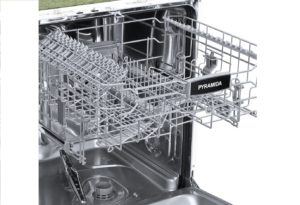 function. The fact is that alternating supply of water to baskets with dishes, either from the upper sprinkler or from the lower one, allows you to reduce water costs by 15-20%, while maintaining the quality of washing.
function. The fact is that alternating supply of water to baskets with dishes, either from the upper sprinkler or from the lower one, allows you to reduce water costs by 15-20%, while maintaining the quality of washing. - Pre-rinse. This function is in demand by some people for two reasons: firstly, it allows you to save water, and secondly, it helps to wash even very dirty dishes more efficiently.
- Number and composition of indicators. The more indicators, the easier it is to monitor the progress of the program, as well as the presence of salt and rinse aid.So some advanced users specifically look for dishwashers with a large number of indicators, such as, for example, a “beam on the floor.”
- Placement of the dish basket. This factor influences how dishes are arranged in the hopper and, ultimately, how those dishes are washed. Therefore, some users look at how the basket is located in the bunker and whether its position can be changed.
The list of minor characteristics can be very long, but we will not continue it, since the general meaning is already clear. Modern dishwashers can contain so many different “gadgets” that a spaceship against its background will seem like a “product of the Copper Age.” However, here you need to understand that most of these functions are not useful in everyday life, which means you shouldn’t overpay for them either. Prudence first of all!
So, for convenience, we decided to classify the technical characteristics of dishwashers, dividing them into: important and secondary. This classification is not without its drawbacks, but it shows the consumer what to look for first when choosing a particular dishwasher. We hope you find this article helpful, good luck!
Interesting:
Reader comments
- Share your opinion - leave a comment
Categories
Washing machine repair


For buyers

For users

Dishwasher



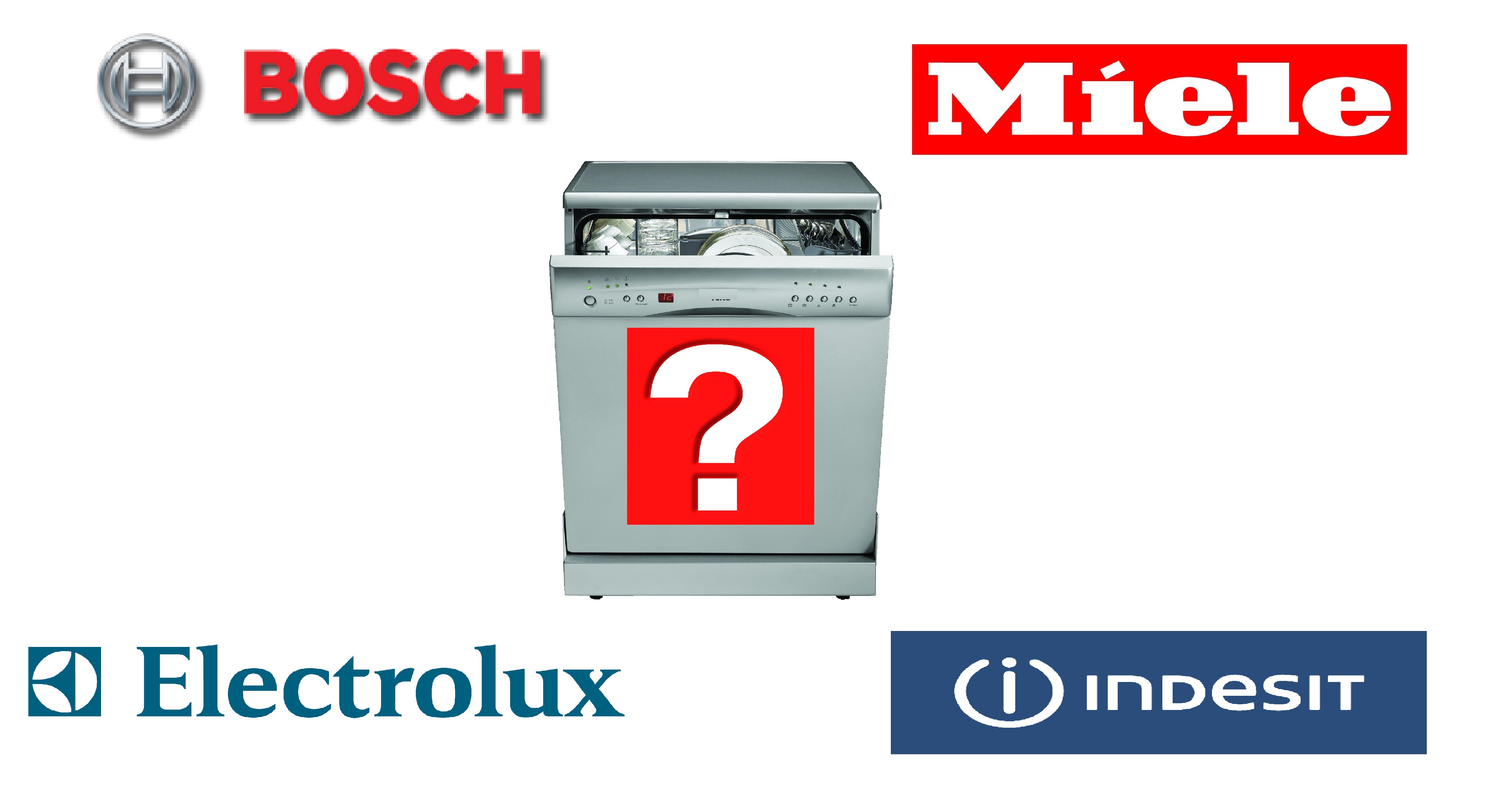

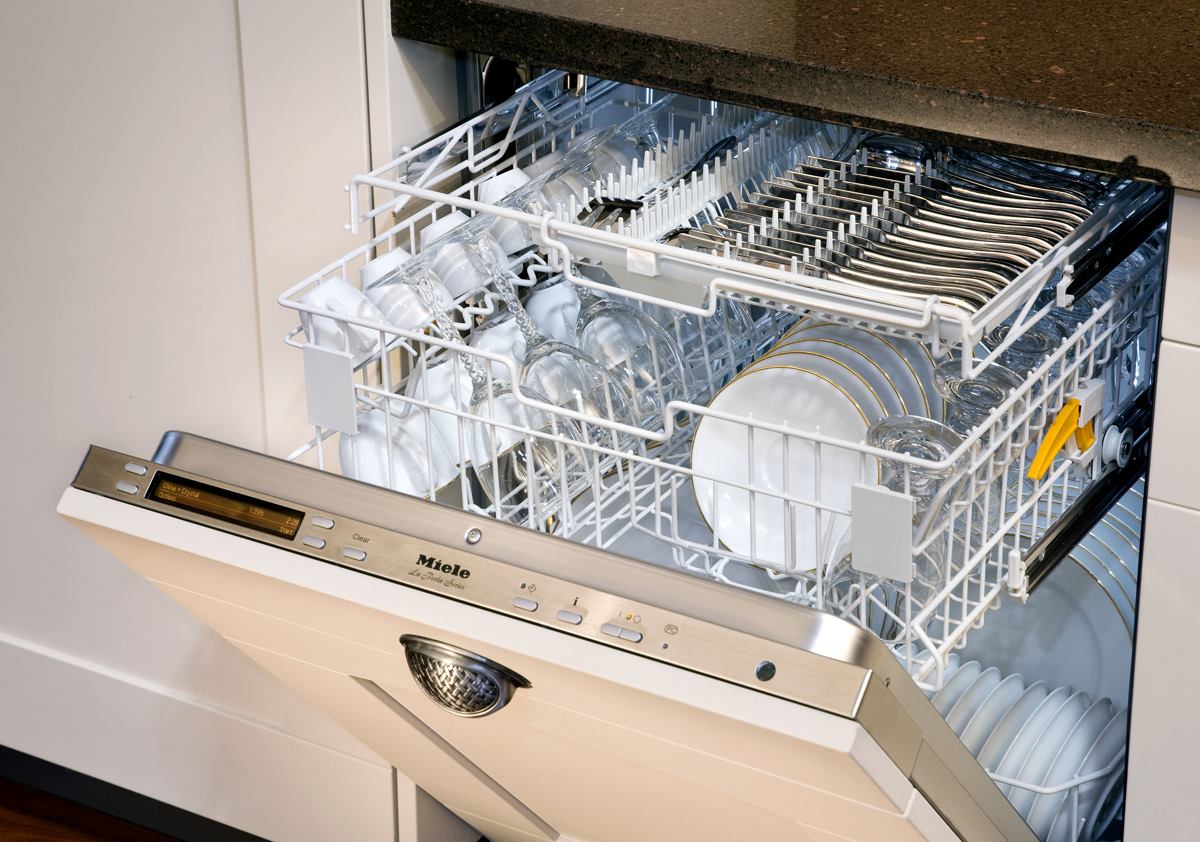











Add a comment